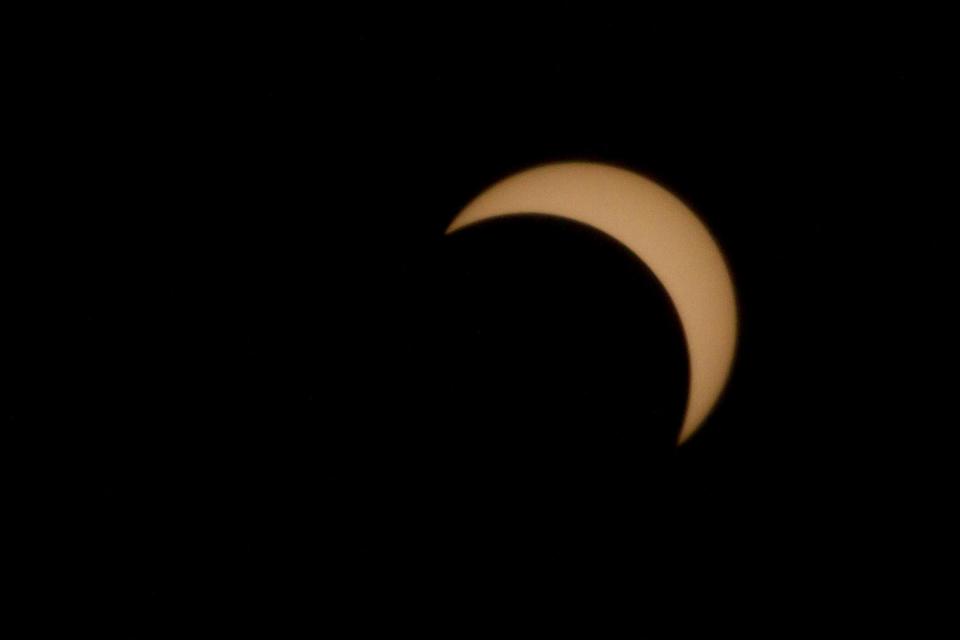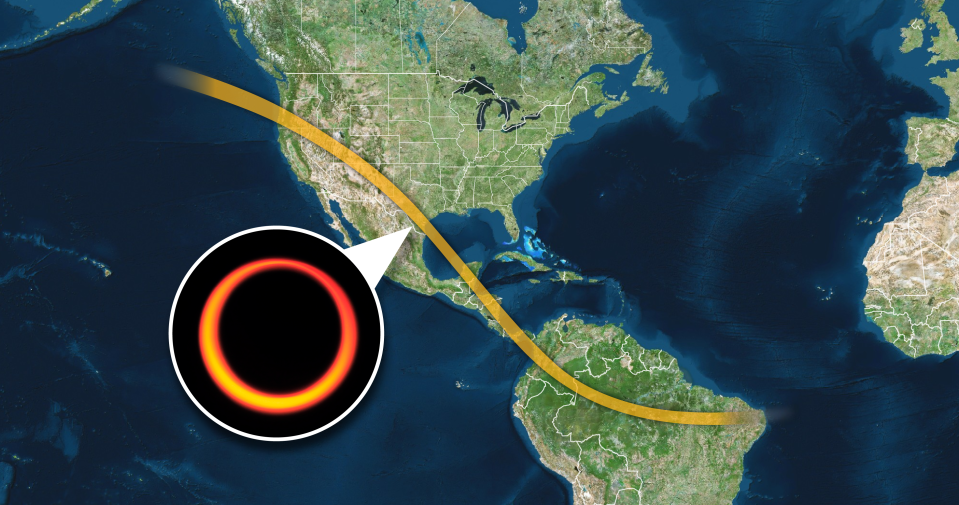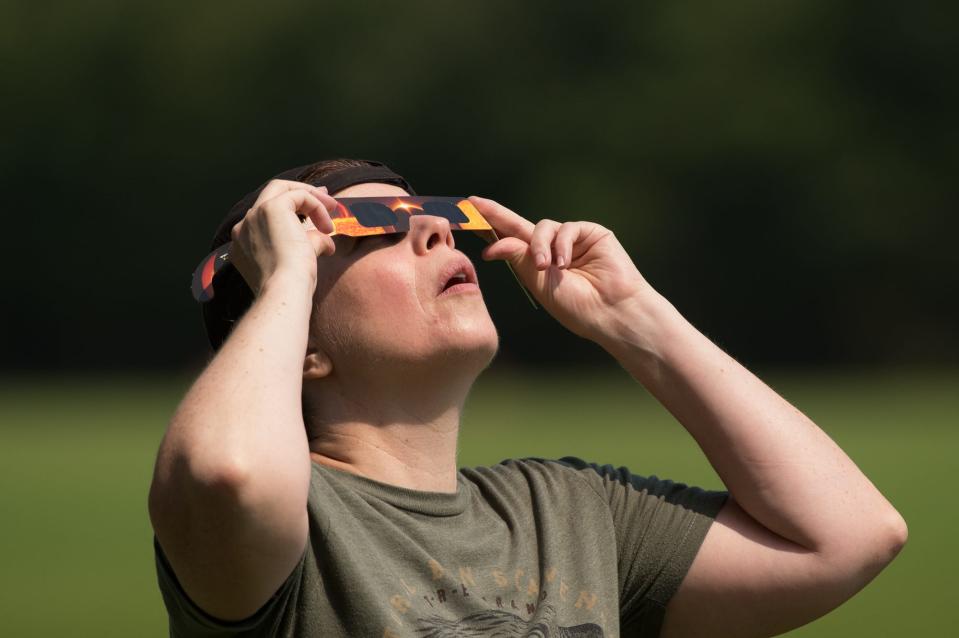Ready for the annular solar eclipse on Saturday, Oct. 14? Here's how to watch in our area
Solar sights have been plentiful in recent months, and a solar eclipse is the next exciting sky event we can anticipate.
If you missed the supermoon, meteor showers and Saturn appearance in recent months, you won’t want to miss the upcoming solar eclipse, as it’s the last event of its kind for the foreseeable future.
Here’s what to know.
When is the solar eclipse?

An annular solar eclipse will cross North America, Central America and South America on Saturday, Oct. 14.
It will be visible in parts of the United States, Mexico and many countries in South America and Central America, according to NASA, and will pass over a portion of Texas, where a solar eclipse will pass through in April 2024.
The annular solar eclipse will be the last viewable eclipse of its kind in the United States until June 21, 2039, when Alaska will be the only U.S. state in its path.
What is an annular solar eclipse?
An annular solar eclipse occurs when the moon’s disk is not big enough to cover the entire disk of the sun. This allows the sun’s outer edges to remain visible to form a ring of fire in the sky, according to Time and Date.
The three other types of solar eclipses include:
A partial solar eclipse, which occurs when the moon only partially obscures the sun’s disks and casts only its penumbra — the lighter outer part of a shadow — on Earth.
A total solar eclipse, which occurs when the moon completely covers the sun. This happens only when the moon is near perigee, the point of the moon’s orbit closest to Earth.
A hybrid solar eclipse, also called an annular-total eclipse, which occurs when the same eclipse changes from an annular to a solar eclipse, or vice versa, along the eclipse’s path. It is the rarest type of eclipse.
More: Looking up: the best parks in the region to observe comets, meteor showers
When to watch the annular solar eclipse in Philadelphia area

The annular solar eclipse will be visible in the U.S. from 12:12 p.m. ET to 3:46 p.m. ET in a path that starts in Oregon and heads southeast, traveling through Texas, according to EarthSky.org
NASA’s 2023 Eclipse Explorer, an interactive map that demonstrates predictable celestial events down to the second, shows that while our area is not in the direct viewing path, there are ideal times for viewing the moon’s ascent, peak and descent during the eclipse.
According to the map, the closest locations for data about viewing times are in Philadelphia.

In northern Delaware, you will see a partial eclipse starting at 12:37 p.m., a maximum eclipse at 1:21 p.m. and a partial eclipse again, ending at 2:04 p.m. By 2:37 p.m., a small portion of the moon will be blocking the sun, according to NASA’s Philadelphia-area predictions.
Where to stargaze: Places to stargaze, view an eclipse, watch meteor showers and more in Delaware
Solar eclipse livestream: Watch Saturday's rare 'ring of fire' annual eclipse live
In Philadelphia and to its south, you will see a partial eclipse starting at 12:37 p.m., a maximum eclipse at 1:22 p.m. and a partial eclipse again, ending at 2:07 p.m. By 2:41 p.m., the sun will no longer be obscured, according to NASA’s Salisbury, Md.-area predictions.
This is the second solar eclipse of the year. The first, a hybrid solar eclipse, occurred on April 20 and passed over North West Cape, a remote peninsula of western Australia, according to EarthSky.org.
More: When and where to catch the changing color of fall foliage in Bucks County
Solar eclipse viewing safety

The sun is never completely blocked by the moon during an annular solar eclipse, according to NASA, so it is important to take proper precautions when viewing the event.
Do not look directly at the sun without eye protection specifically designed for solar viewing. Without protection, the sun’s radiation can burn the retinas in your eyes, leading to permanent damage or blindness.
Eclipse glasses can be purchased at a variety of retailers in-store or online, and you also can indirectly view the eclipse by using a pinhole projector.
Got a tip or a story idea? Contact Krys'tal Griffin at kgriffin@delawareonline.com.
This article originally appeared on Delaware News Journal: How to watch annular solar eclipse on Saturday, Oct. 14, in our region

